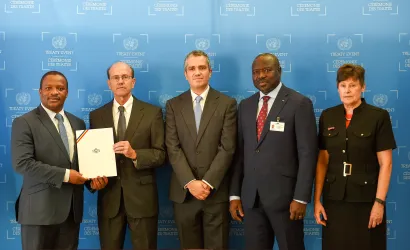"The 1991 dissolution of the Soviet Union posed an unprecedented challenge: to keep tens of thousands of nuclear weapons, and enough highly enriched uranium (HEU) and separated plutonium to make tens of thousands more, out of hostile hands. In this crisis, small groups of policy entrepreneurs launched major innovations to spur the nuclear complexes of the former rival superpowers to pursue their common interest in securing and dismantling nuclear stockpiles. Billions of dollars have now been spent pursuing these efforts, thousands of bombs' worth of nuclear materials have been permanently destroyed, and security both for thousands of nuclear weapons and for enough nuclear material for tens of thousands more has been substantially improved.
But as the Soviet collapse has receded into the past, the initial innovations have been increasingly constrained by cautious bureaucracies, continuing secrecy and mistrust, and festering political obstacles and disputes. Programs once conceived as free-wheeling, short-term crisis responses have shifted toward "business as usual" approaches—more systematized and sustainable, but far slower and less flexible...."
Bunn, Matthew. “Cooperation to Secure Nuclear Stockpiles: A Case of Constrained Innovation.” Innovations, Winter 2006





